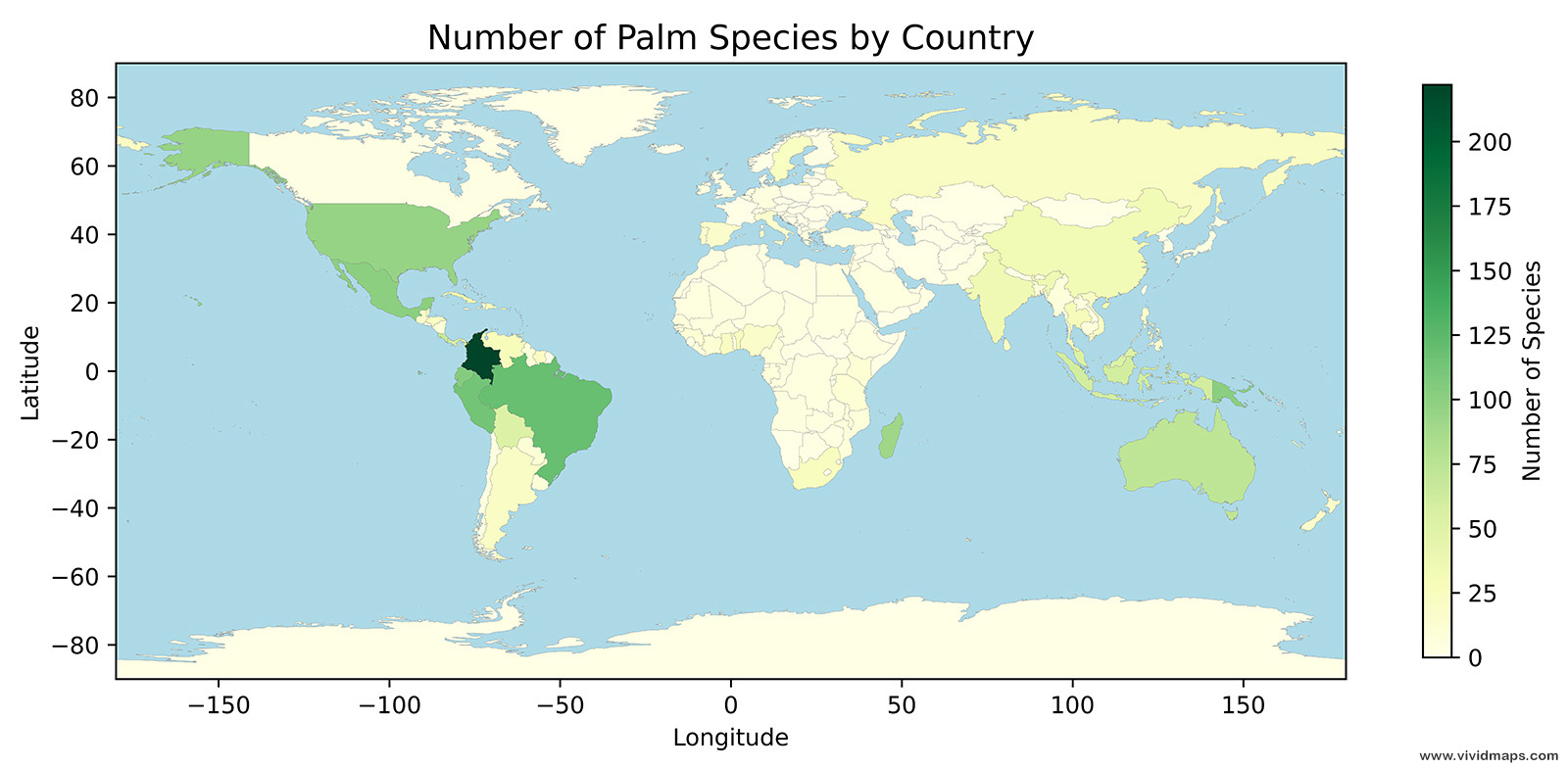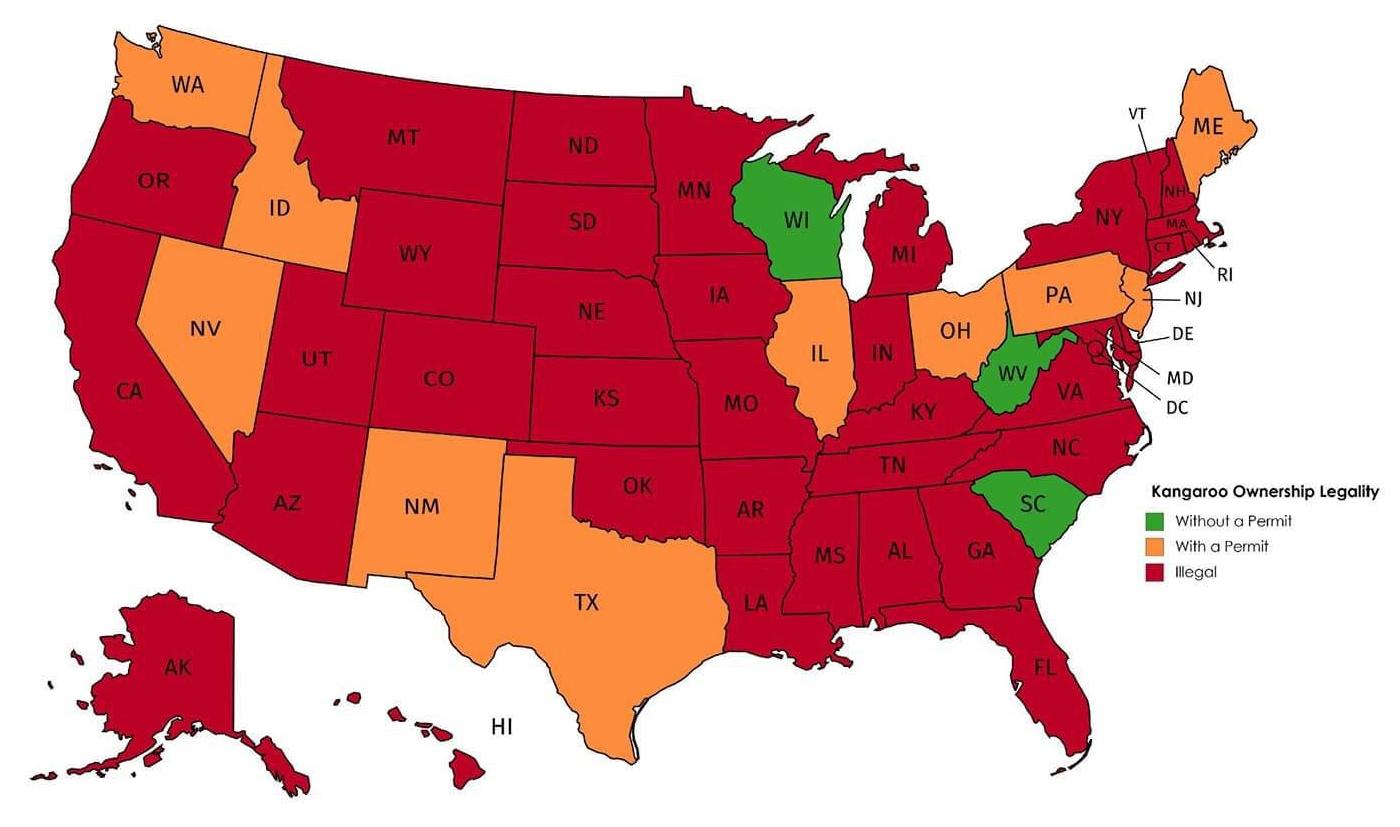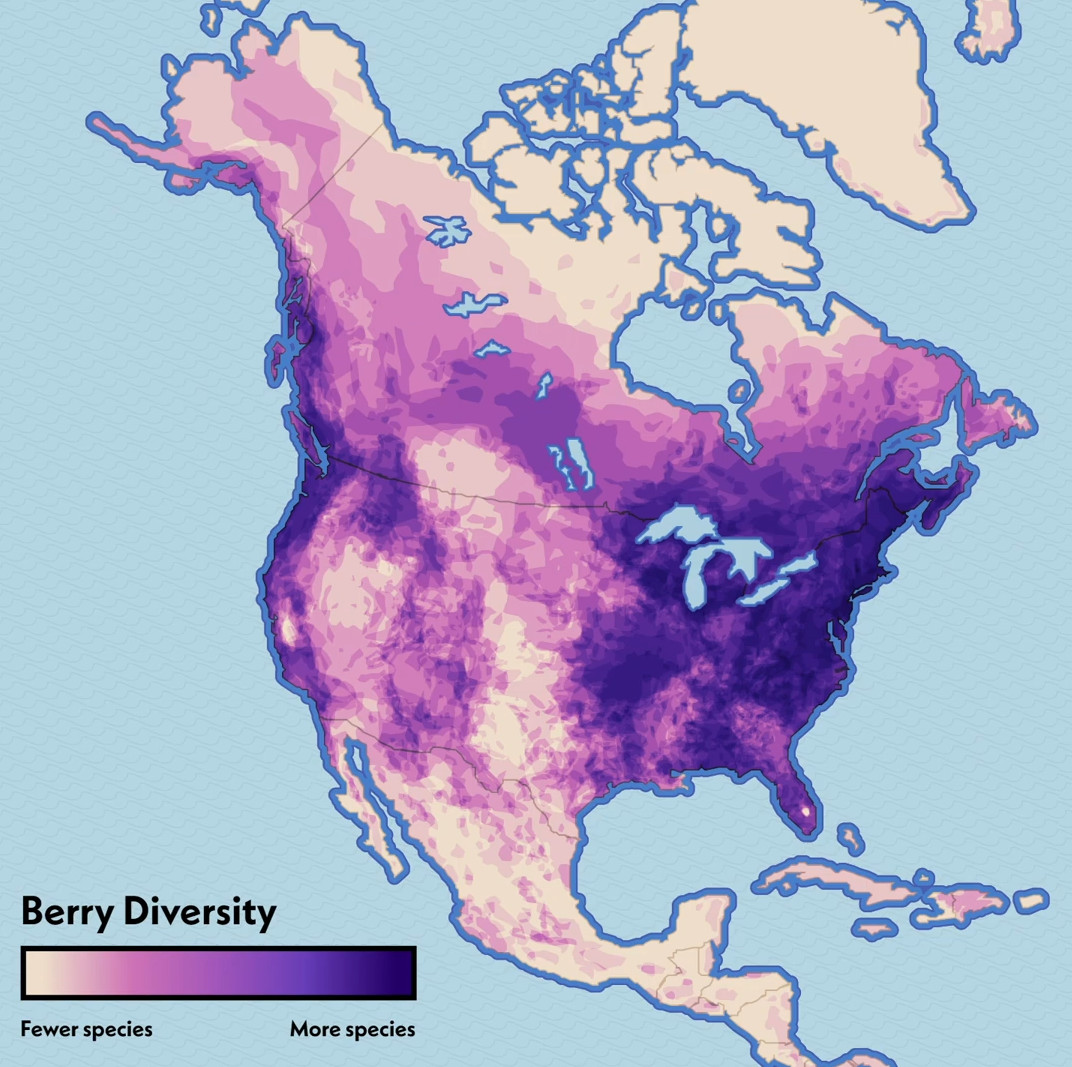Global Distribution of the Red Fox: The World’s Most Widespread Fox Species
The red fox (Vulpes vulpes) is a fascinating animal, both for its ecological impact and its incredible adaptability. As the largest and most widely distributed member of the true fox family, the red fox can be found across vast swathes of the globe, occupying regions from the Arctic Circle to North Africa, and from North America to much of Asia and Europe. Let’s explore the global distribution of this remarkable species, uncover intriguing facts, and learn about its ecological impact in various regions, particularly as an invasive species in Australia.
A Brief Overview of the Red Fox
The red fox is renowned for its intelligence, adaptability, and striking appearance. While it is most commonly associated with its reddish fur, the species also includes individuals with diverse colorations, such as melanistic (black) and leucistic (pale) coats. It thrives in a variety of habitats, including forests, grasslands, mountains, and even urban areas. This adaptability has made it a successful colonizer, capable of living alongside humans in suburban and urban environments.
Primarily a carnivore, the red fox feeds on small mammals such as rodents and rabbits but is opportunistic enough to consume birds, reptiles, insects, and even fruits and vegetables when necessary. Their keen intelligence and ability to adapt to different food sources have allowed them to survive in regions with diverse climates and ecosystems.
Worldwide Distribution
The red fox’s range is truly global, spanning nearly 70 million square kilometers (27 sq. mi). It can be found across Europe, much of Asia (excluding extreme Southeast Asia), North Africa, and most of North America, apart from the southwestern United States and parts of Mexico. Interestingly, the red fox is absent from Greenland, Iceland, and the Arctic islands, as well as extreme deserts like the Sahara.
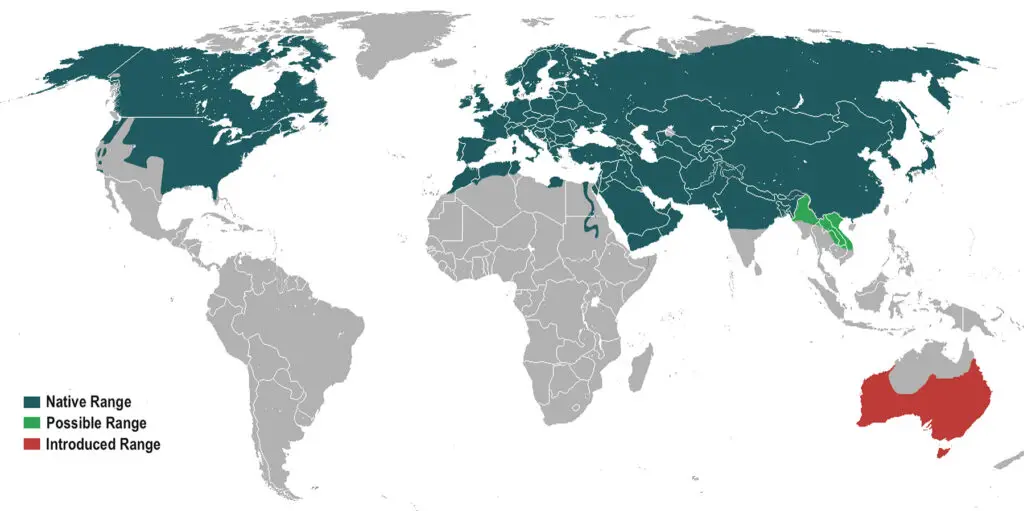
Invasive Range in Australia
One of the most notable chapters in the red fox’s story is its introduction to Australia. Brought to the continent in the 1830s and 1840s for fox hunting, it has since become one of Australia’s most destructive invasive species. Today, there are an estimated 7.2 million red foxes across mainland Australia, where they are a significant threat to native wildlife. The species has been implicated in the decline or extinction of several native animals, such as the desert rat-kangaroo, bilbies, and quokkas.
The red fox’s spread in Australia coincided with that of rabbits, another introduced species. Together, they have created a challenging dynamic for conservationists trying to protect native fauna. Despite efforts to manage and eradicate the fox population, complete elimination has proven difficult due to the species’ burrowing behavior and nocturnal habits.
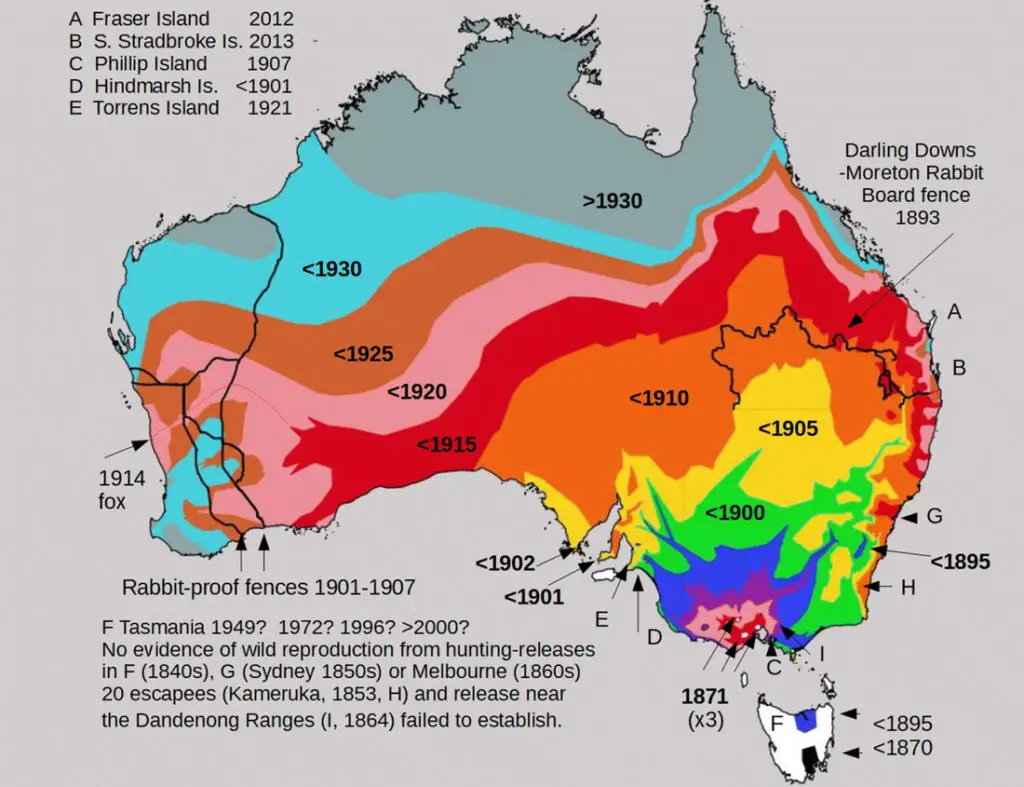
Other Intriguing Facts About the Red Fox
- Historical Origins: The red fox originated in Eurasia during the Middle Pleistocene, over 400,000 years ago, and colonized North America over 130,000 years ago. This long evolutionary history has given rise to 45 recognized subspecies.
- Social Structure: Red foxes typically live in family groups consisting of a mated pair and their offspring, with older siblings sometimes helping raise new kits.
- Predators: While highly adaptive, the red fox is preyed upon by larger predators such as wolves, golden eagles, and large felids.
- Human Connections: The red fox has been extensively hunted for its fur and has a significant presence in folklore, symbolizing cunning and intelligence in cultures worldwide.

